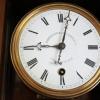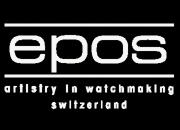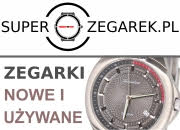
Zaloguj się, aby obserwować tę zawartość
Obserwujący
0

Horolovar aktualizacja clock Repair guide
Horolovar 400 Day Clock Repair Guide, 10th Edition, Errors and Updates
dodany przez
janekp, w Zegary roczne i inne z wahadłem torsyjnym, zegary elektryczne
-
Ostatnio przeglądający 0 użytkowników
Brak zarejestrowanych użytkowników przeglądających tę stronę.








